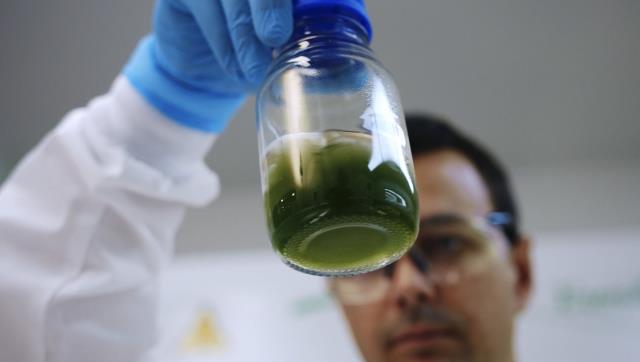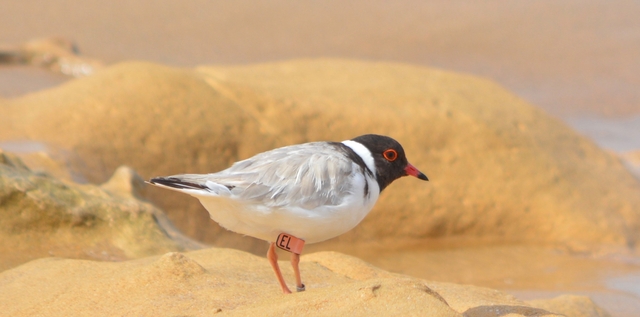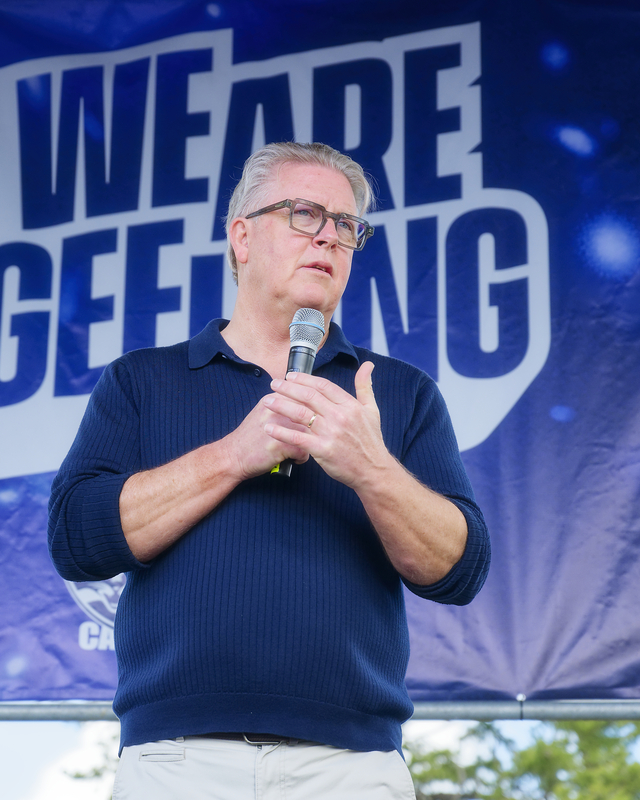High levels of toxic blue-green algae have been detected in Lake Connewarre and the lower reaches of the Barwon River near Barwon Heads.
Warning signs have been installed at various locations and the Department of Environment, Land, Water and Planning (DELWP) is urging people to avoid direct contact with the water until the algal bloom disperses.
Direct contact with blue-green algae can cause allergic reactions such as skin rashes or irritations. If swallowed, it can cause gastroenteritis, nausea or vomiting.
“The level of blue-green algae toxicity that’s been detected in the Barwon River and Lake Connewarre can cause harm to humans and animals,” DELWP Barwon South West Regional Agency Commander Steve Pellicano said.
“We’re urging the community to follow all warning advice and signage for their safety.
“We will continue monitoring the Barwon River and Lake Connewarre until the algal bloom disperses, and will provide an update to the community when the lake is safe for use again.”
Recreational activities in the river should be avoided, which includes swimming and boating.
Anyone who comes into contact with water from the lake or river should immediately wash in fresh water and seek medical advice if they experience any illness.
Any fish harvested from the river and lake must have the gills and guts removed prior to cooking. People should not eat whole fish, or shellfish or crustaceans collected from Lake Connewarre or the Barwon River.
The type of algae affecting Lake Connewarre and the Barwon River produces toxins that can concentrate in shellfish and crustaceans and accumulate in the liver and internal organs of fish. Ingesting BGA toxins can lead to serious illness.
Pet owners should prevent pets from drinking or having direct contact with contaminated water.
DELWP and its local water managers Barwon Coast Committee of Management and Parks Victoria will continue monitoring the Barwon River near Barwon Heads and Lake Connewarre until the bloom disperses and advise when the river and lake is safe for use again.









